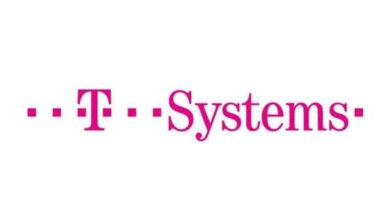Best Inventory Management Software (2024) – Forbes Advisor

The cost of inventory management platforms varies. While some providers offer free versions, others cost hundreds or thousands of dollars monthly. But bear in mind that the free ones have their limitations. Also, some software offer free trials to show you how they work, so you can upgrade to their premium versions when you find them fit for your business needs.
They often come with different pricing tiers with varying functionalities and capabilities, including the customization options, number of users or warehouses, and store locations you’ll get. So expect the higher-priced plans to support high sales volumes or provide advanced automation, analytics or integration.
Other software would require you to customize your subscription. You can choose the features in your package, which allows you to pay only for what your business needs. And since they’re typically cloud-based, you’ll make monthly or yearly payments to access the inventory management functions. Some providers also offer discounts for annual payments and reduce the subscription cost for the first year.
Here are the costs of the inventory management software that we reviewed:
- Cin7: Starts at $349 per month
- Ordoro: Free; $59 to $149 per month
- inFlow: $89 to $439 per month when billed annually
- Katana: $99 to $799 per month when billed annually
- Zoho Inventory: Free; $29 to $249 per month when billed annually
- Sortly: Free; $29 to $59 per month when billed annually
- monday.com: Free; $8 to $16 per user per month when billed annually
There’s also a per-quote plan with monday.com for enterprises. For ShipBob Merchant Plus, Fishbowl Inventory and Extensiv, you’ll need to contact them for quotes. But note that Extensiv starts at $1,000 per month, and ShipBob Merchant Plus requires a minimum of 3,500 orders per month.
Free vs. Paid Inventory Management Systems
You can choose between free and paid inventory management systems. But at best, you’ll find basic features on the free ones. For instance, Zoho Inventory’s free version restricts orders, shipping labeling and AfterShip tracking to 50, whereas its lowest paid tier allows up to 1,500 per month. It also gives only two user licenses and doesn’t enable multi-warehouse management.
Ordoro’s free version is suitable only for shipping—it allows unlimited shipping but lacks advanced analytics and API access. It doesn’t integrate with QuickBooks Online, either. Sortly gives one user license and one custom field, and it allows only 100 entries. You won’t get quantity-based alerts or get to use the unlimited QR code label generation and in-app barcode scanner that its lowest-priced plan offers after enabling up to 2,000 entries.
While the free systems may be adequate for small businesses with fewer inventory needs, those with complex inventory needs are better off with the paid inventory management systems.



